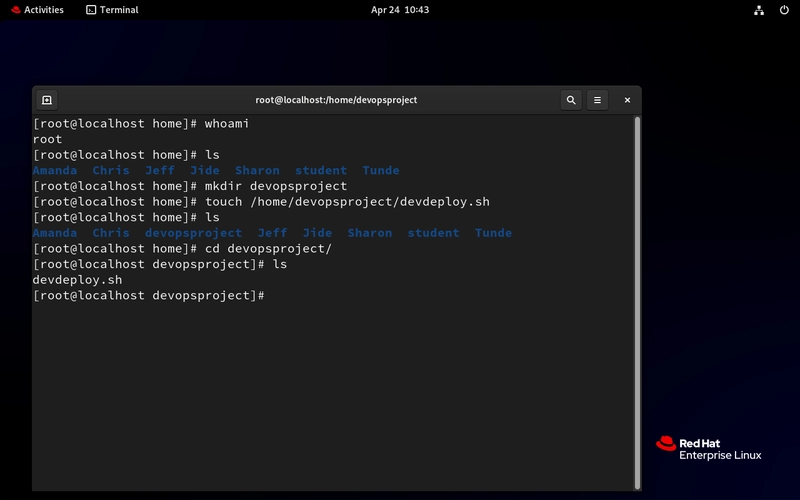Animating SVGs in React with the Native Web Animations API (No Libraries Needed)
While React libraries like Framer Motion are amazing, sometimes you want fine-grained control over SVG animations without adding extra dependencies. In this article, we’ll show how to animate SVG elements directly in React using the native Web Animations API (WAAPI) — no third-party libraries needed, super lightweight, and performance-friendly. Why Animate SVGs with WAAPI? Use cases include: Loading spinners Interactive UI elements Data visualizations with smooth transitions Step 1: Create a Ref to Your SVG Element We'll use a ref to directly access and animate the SVG element once it's mounted: // AnimatedSVG.js import React, { useEffect, useRef } from "react"; const AnimatedSVG = () => { const circleRef = useRef(null); useEffect(() => { if (circleRef.current) { circleRef.current.animate( [ { transform: "scale(1)", fill: "#00f" }, { transform: "scale(1.5)", fill: "#0f0" }, { transform: "scale(1)", fill: "#00f" }, ], { duration: 2000, iterations: Infinity, easing: "ease-in-out", } ); } }, []); return ( ); }; export default AnimatedSVG; Step 2: Integrate into Your App Now simply use your animated SVG component inside your main app: // App.js import React from "react"; import AnimatedSVG from "./AnimatedSVG"; function App() { return ( Native SVG Animation in React ); } export default App; Optional: Add Event-Driven Animations You can even trigger different animations based on events like clicks or hovers: // Add inside AnimatedSVG const handleMouseEnter = () => { circleRef.current.animate( [ { transform: "scale(1)", fill: "#f00" }, { transform: "scale(2)", fill: "#ff0" }, { transform: "scale(1)", fill: "#f00" }, ], { duration: 1000, iterations: 1, easing: "ease-out", } ); }; Pros and Cons ✅ Pros Zero additional dependencies Highly performant; native browser engine Full control over animations programmatically ⚠️ Cons WAAPI browser support is good but not universal (older browsers need polyfills) Managing complex timelines manually can become tedious

While React libraries like Framer Motion are amazing, sometimes you want fine-grained control over SVG animations without adding extra dependencies. In this article, we’ll show how to animate SVG elements directly in React using the native Web Animations API (WAAPI) — no third-party libraries needed, super lightweight, and performance-friendly.
Why Animate SVGs with WAAPI?
Use cases include:
- Loading spinners
- Interactive UI elements
- Data visualizations with smooth transitions
Step 1: Create a Ref to Your SVG Element
We'll use a ref to directly access and animate the SVG element once it's mounted:
// AnimatedSVG.js
import React, { useEffect, useRef } from "react";
const AnimatedSVG = () => {
const circleRef = useRef(null);
useEffect(() => {
if (circleRef.current) {
circleRef.current.animate(
[
{ transform: "scale(1)", fill: "#00f" },
{ transform: "scale(1.5)", fill: "#0f0" },
{ transform: "scale(1)", fill: "#00f" },
],
{
duration: 2000,
iterations: Infinity,
easing: "ease-in-out",
}
);
}
}, []);
return (
);
};
export default AnimatedSVG;
Step 2: Integrate into Your App
Now simply use your animated SVG component inside your main app:
// App.js
import React from "react";
import AnimatedSVG from "./AnimatedSVG";
function App() {
return (
Native SVG Animation in React
);
}
export default App;
Optional: Add Event-Driven Animations
You can even trigger different animations based on events like clicks or hovers:
// Add inside AnimatedSVG
const handleMouseEnter = () => {
circleRef.current.animate(
[
{ transform: "scale(1)", fill: "#f00" },
{ transform: "scale(2)", fill: "#ff0" },
{ transform: "scale(1)", fill: "#f00" },
],
{
duration: 1000,
iterations: 1,
easing: "ease-out",
}
);
};
Pros and Cons
✅ Pros
- Zero additional dependencies
- Highly performant; native browser engine
- Full control over animations programmatically
⚠️ Cons
- WAAPI browser support is good but not universal (older browsers need polyfills)
- Managing complex timelines manually can become tedious
































































































































































![[The AI Show Episode 143]: ChatGPT Revenue Surge, New AGI Timelines, Amazon’s AI Agent, Claude for Education, Model Context Protocol & LLMs Pass the Turing Test](https://www.marketingaiinstitute.com/hubfs/ep%20143%20cover.png)





























































































































![[DEALS] Koofr Cloud Storage: Lifetime Subscription (1TB) (80% off) & Other Deals Up To 98% Off – Offers End Soon!](https://www.javacodegeeks.com/wp-content/uploads/2012/12/jcg-logo.jpg)

























![Is this too much for a modular monolith system? [closed]](https://i.sstatic.net/pYL1nsfg.png)




















































































































_roibu_Alamy.jpg?width=1280&auto=webp&quality=80&disable=upscale#)




 CISO’s Core Focus.webp?#)








































































































![M4 MacBook Air Drops to Just $849 - Act Fast! [Lowest Price Ever]](https://www.iclarified.com/images/news/97140/97140/97140-640.jpg)
![Apple Smart Glasses Not Close to Being Ready as Meta Targets 2025 [Gurman]](https://www.iclarified.com/images/news/97139/97139/97139-640.jpg)
![iPadOS 19 May Introduce Menu Bar, iOS 19 to Support External Displays [Rumor]](https://www.iclarified.com/images/news/97137/97137/97137-640.jpg)





































































































